
How employers can bolster Indigenous hiring
It's a win-win situation for employers and Indigenous talent.
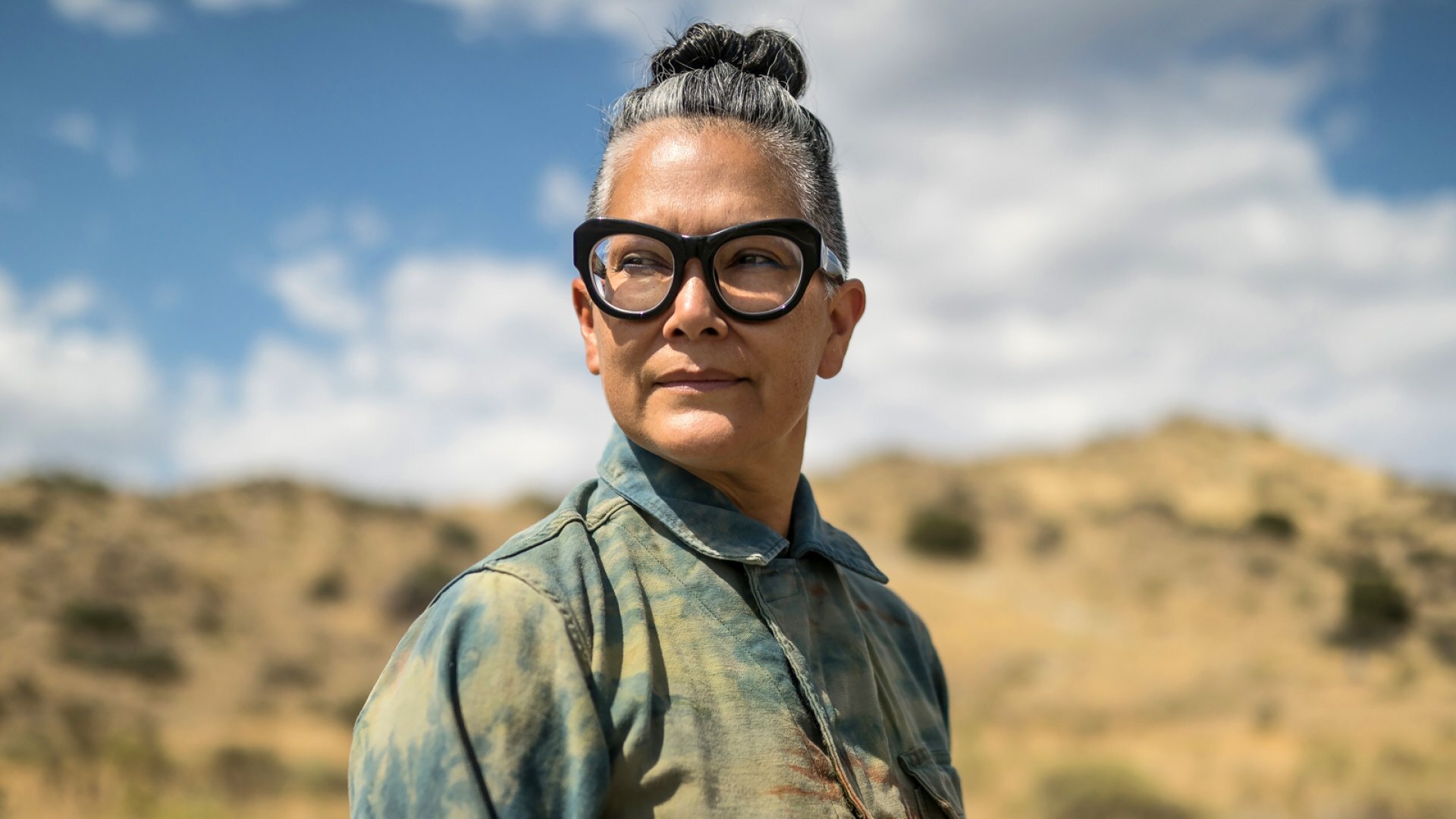
Why This Fashion Entrepreneur Moved From L.A. to a Navajo Reservation to Run Her Own Clothing Business
Orenda Tribe's Amy Yeung turned her back on the corporate world to make a new life--and create new opportunities--among the indigenous people who are her kin.
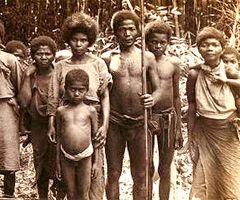
The Aeta People: Indigenous Tribe of the Philippines
The Aeta (pronounced as “eye-ta,”), Agta or Ayta are an indigenous people who live in scattered, isolated mountainous parts of Luzon, Philippines.

5 Indigenous Entrepreneurs Creating Social Change in Their Communities
We’re taking a look at how five entrepreneurs across different industries are implementing Indigenous values. Inspiring the next generation, creating social awareness, and giving back to their community lies at the core of their business strategy.
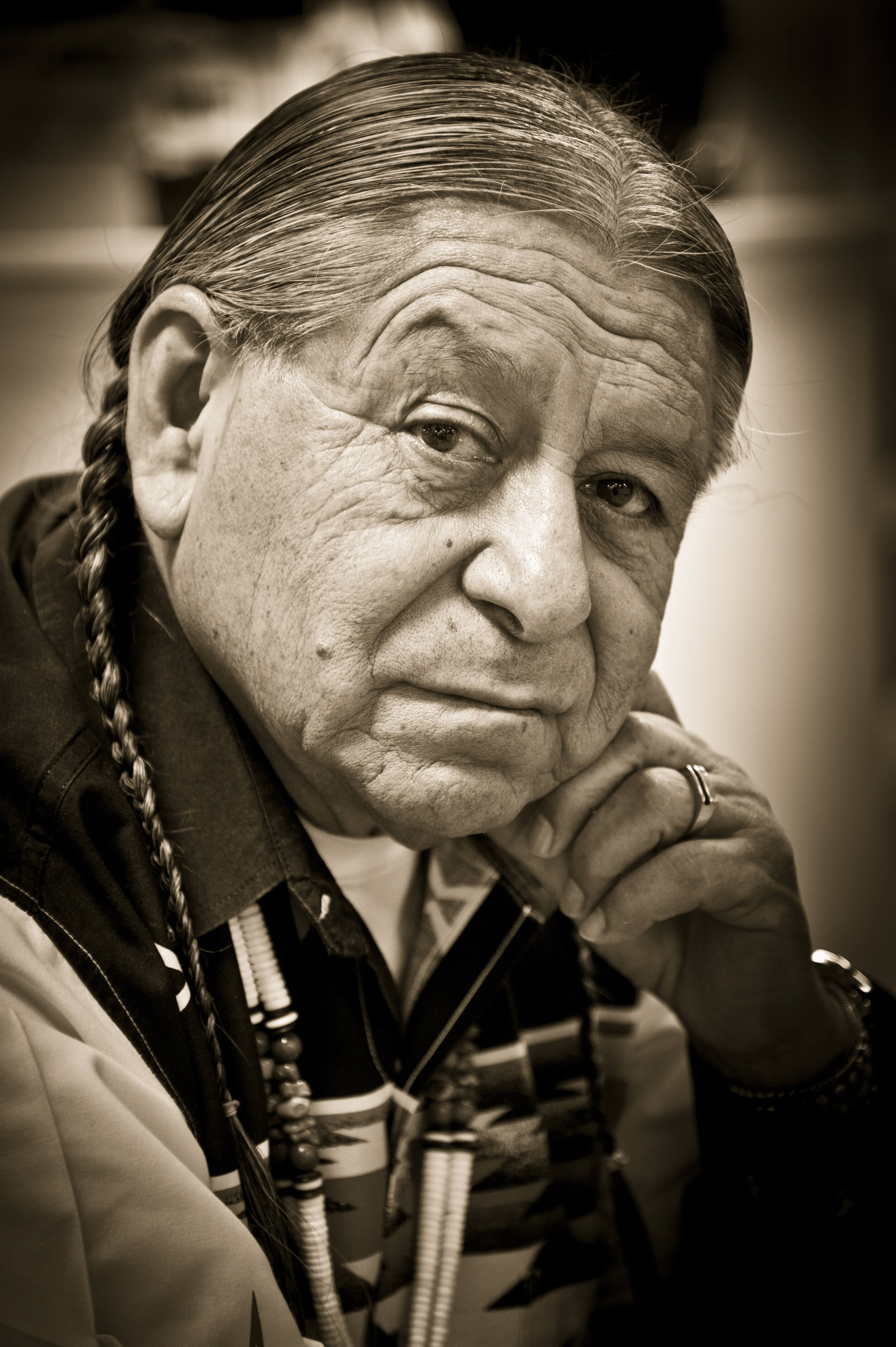
Long Hair in Native American Culture
Many cultures around the world, from Native Americans to Sikhs, believe that hair has a special significance. Cultural beliefs about our hair and how it can affect us go back as far as recorded history. Many ancient cultures believed there is power in uncut hair.

There's no such thing as a 'pure' European—or anyone else
New studies show that almost all indigenous Europeans descend from at least three major migrations in the past 15,000 years, including two from the Middle East.
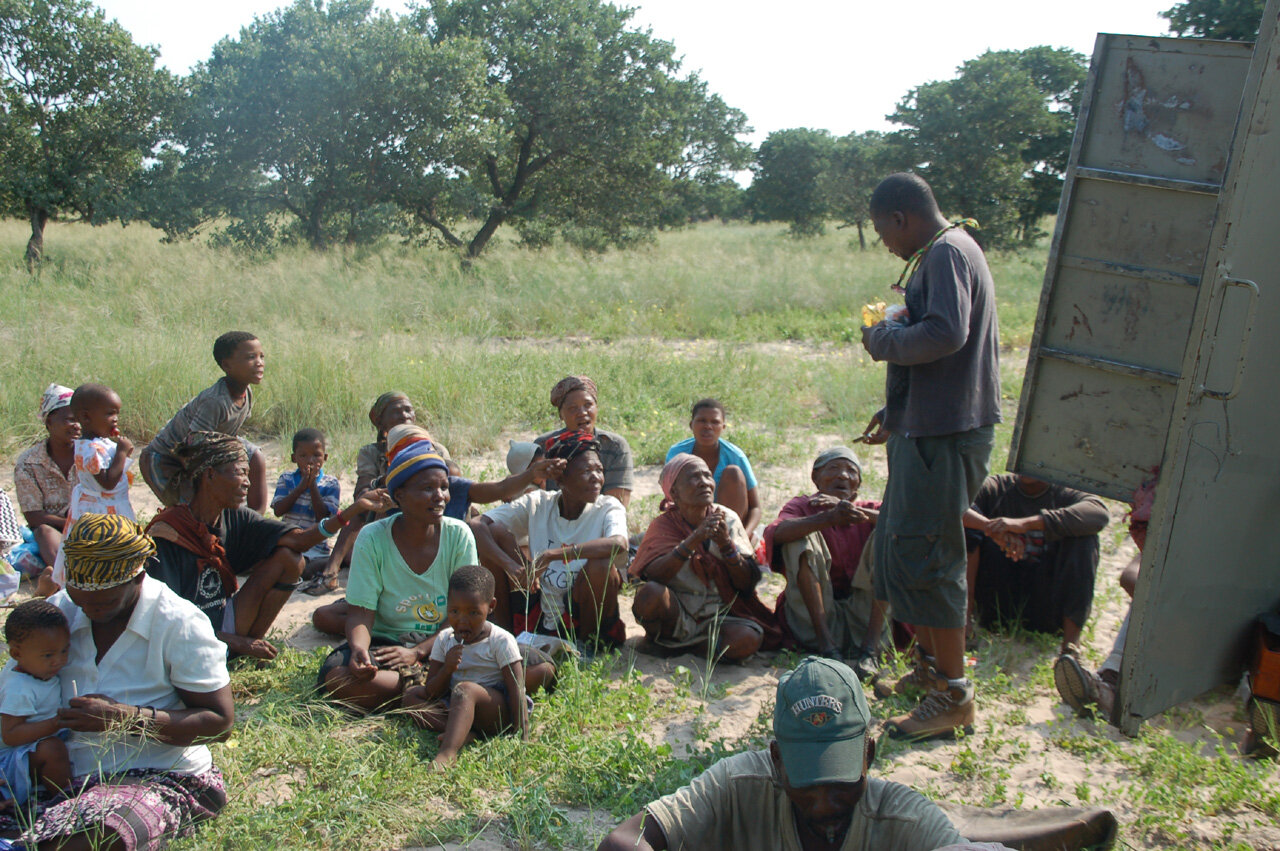
The Indigenous Movement
2007 was a watershed year for Indigenous rights. On September 13th, the United Nations adopted the Declaration on the Rights of Indigenous Peoples and it has since been ratified by 143 countries. While the Declaration is not legally binding, it sets a global standard for the treatment of Indigenous Peoples. This was a vital step in securing Indigenous rights worldwide.

Working With Indigenous/Native American Patients
There are 3 million indigenous people in the United States, belonging to more than five hundred federally recognized nations. It’s important to remember that today Indigenous peoples mostly live in urban centers, rather than reservations, and are a heterogeneous group, representing hundreds of nations each with their own cultural practices and history.


Who are Indigenous Australians?
We believe it's important for Indigenous and non-Indigenous Australians to understand each other better, beyond myths and stereotypes. So first things first, who are Indigenous Australians?

Indigenous peoples' rights in Brazil
There are 896,917 indigenous persons in Brazil, distributed among 305 ethnic groups. The main challenge for indigenous people is the threat that new indigenous territories will no longer be established.

Indigenous interns soaring, says CareerTrackers report
A new report has found that indigenous interns are consistently matching or outperforming their non-Indigenous counterparts.
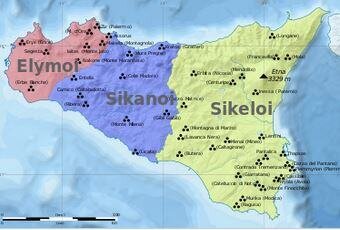
Some Ancient Peoples of Southern Italy
Between 800 and 500 BC the peoples of the Aegean peninsula and archipelago colonized portions of Sicily and the southern Italian peninsula.
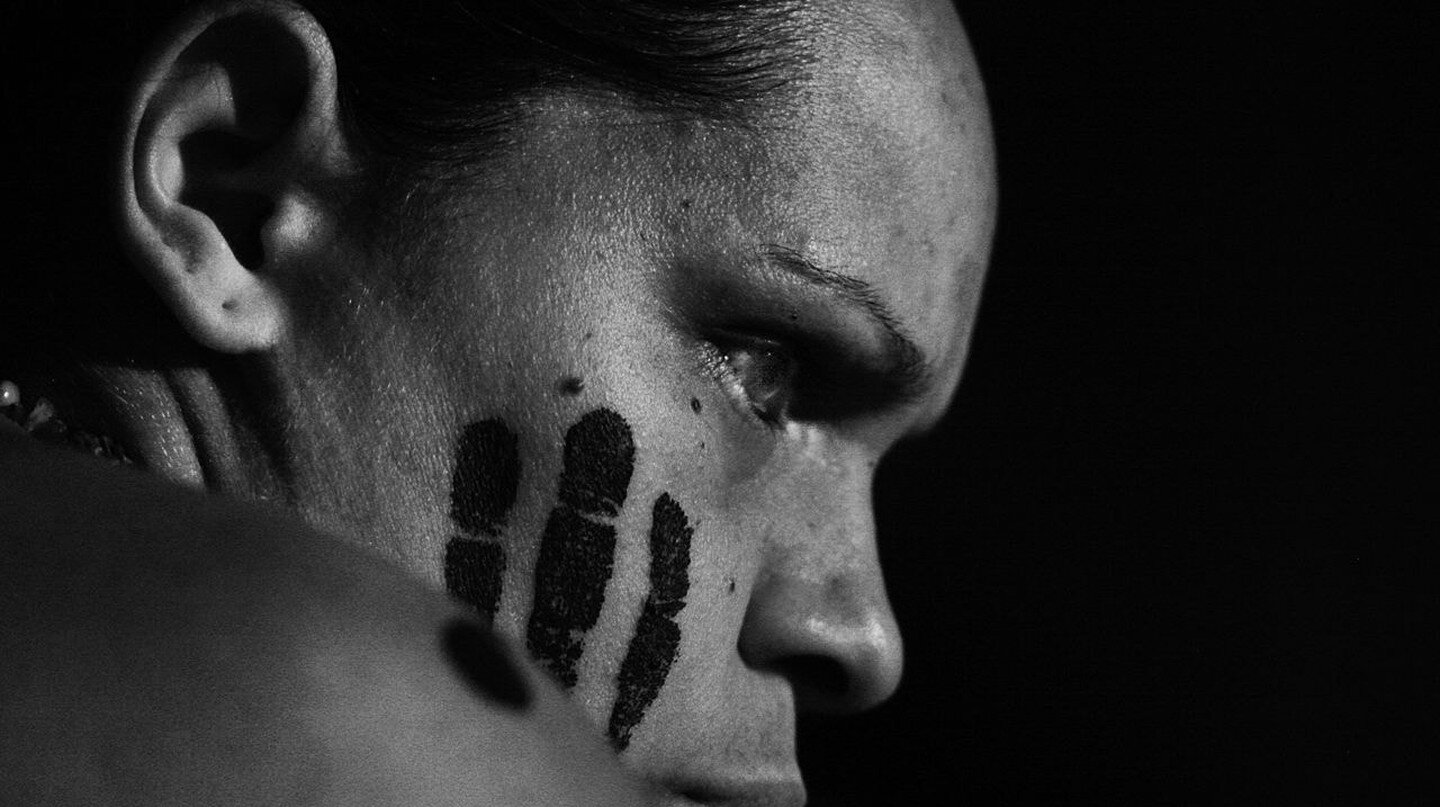
Australia's Indigenous Languages
One of the biggest misconceptions about Australia is that there’s one uniform Aboriginal language.
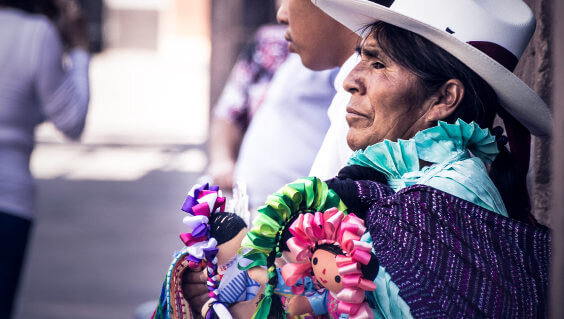
Facts About Indigenous Peoples of Latin America
Languages are an intangible human patrimony, they reflect different world views, culture and traditions, and serve as the main vehicle for reenacting them over generations. They shall be preserved and be taken care of.

Asia’s Indigenous Peoples
There are some 260 million indigenous peoples in Asia, three-quarters of the world's total, making it the most culturally diverse region in the world.
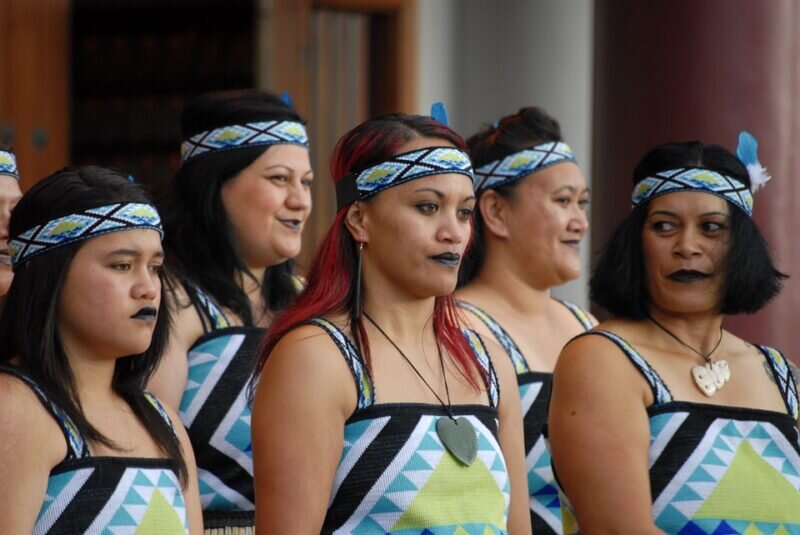
Why Indigenous Rights Need Improvement Throughout The World
Humans have been known to discriminate against others because of differences in culture and identity, and this discrimination often fuels conflict. One may think that this would not be the case, as our world is graced with the presence of indigenous populations that actively contribute to the celebration of life through their music, art, languages and knowledge. However, we live in a world that struggles to accept disparity between people.
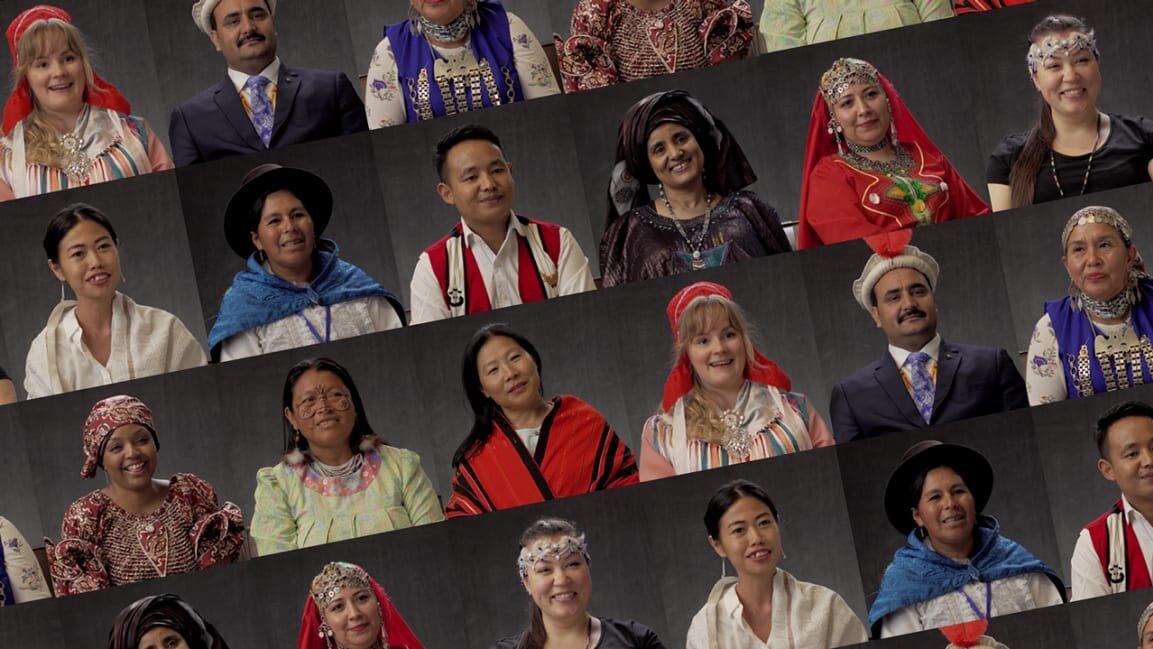
Take a Tour of Google Earth With Speakers of 50 Different Indigenous Languages
Hear Cherokee, Rarotongan, Fulfulde, and more thanks to Google Earth.
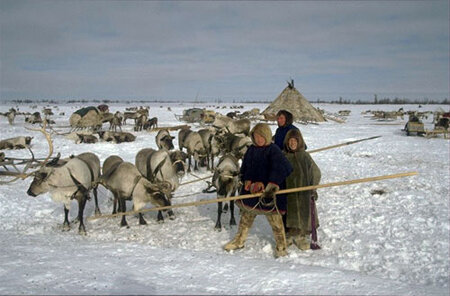
Arctic Indigenous Peoples
Indigenous peoples have inhabited the Arctic for thousands of years. The proportion indigenous people is estimated to be about 10 percent of total population living in arctic areas. There are over 40 different ethnic groups living in the Arctic.
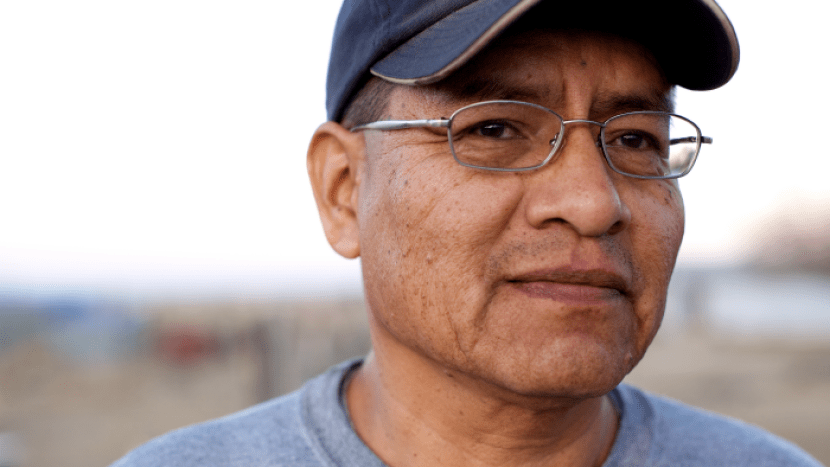
What Was, And What Is: Native American Languages In The US
Indigenous languages once flourished in the United States. Now, they continue to account for a large portion of the nation’s linguistic diversity.

